Ciepłe czy zimne światło? Stopnie Kelvina i klosze lampy
- 03 Sty, 2024
- Dom , Ciekawostki
- 0 Comments

Here is a short guide to familiarize yourself with Kelvin degrees, different light temperatures, and the color of bulbs to choose according to your spaces.
When it comes to choosing light bulbs for your home or workplace, one aspect to keep in mind and not underestimate is the light color. Measured in Kelvin (K), it greatly influences the room. Knowing the differences between neutral, warm, and cool light can help you make the right choice, avoiding selecting a bulb that promotes focus in rooms where you seek relaxation, and vice versa. In this article, we will explore Kelvin degrees, different light temperatures, and the colored bulbs to choose for various rooms in your home or workplace.
What are Kelvin degrees in light bulbs?
Kelvin (K) degrees are the unit of measurement for the color temperature of light sources. The Kelvin scale defines the shades of light emitted by a light source, using as a reference the temperature at which an ideal black body should be heated to emit light of a similar color. The higher the temperature, the cooler the light, while the lower the temperature, the warmer the emitted light.
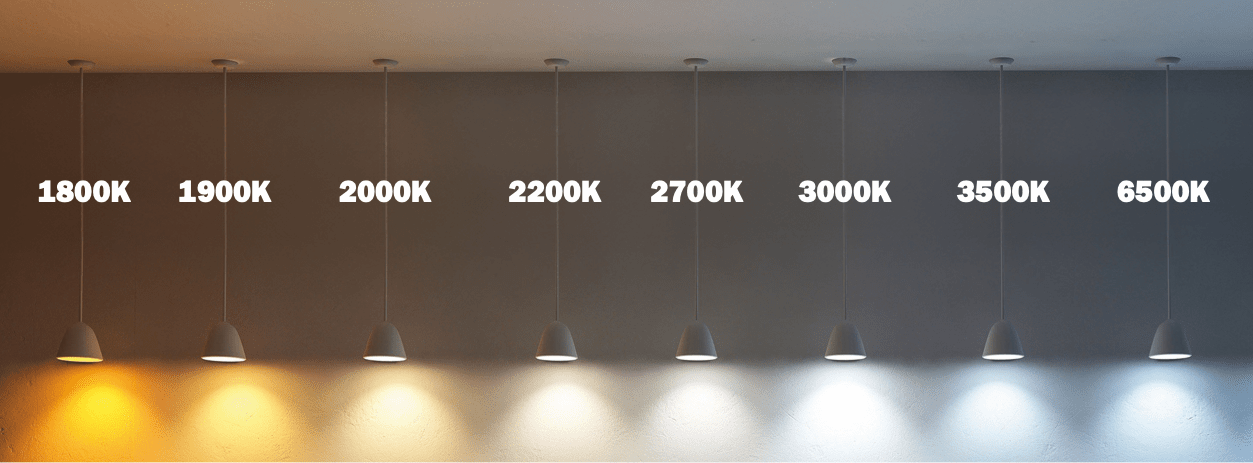
How are Kelvin degrees calculated for light bulbs?
The calculation of Kelvin degrees is based on the color temperature of light emitted by bulbs. Common values for incandescent bulbs range from 2700 to 3000 K, while LED bulbs have a much wider range: around 1800 K up to 6500 K. Manufacturers of bulbs are required by law to provide information on the color temperature in the product specifications on the packaging.
How to choose the right color temperature?
The choice of color temperature depends on the room and the desired lighting effect. To create a warm and pleasant atmosphere in living rooms, bedrooms, or relaxation spaces, we recommend using bulbs with a color temperature between 2,700 and a maximum of 3,000 K. This warm light creates a pleasant and relaxing ambiance. Industrial and commercial spaces as well as hospitals, on the other hand, require very different color temperatures: typically above 5,000K.
Warm light: what does this mean and in which spaces is it preferred?
Warm light goes up to 3300K and has a yellow-red hue reminiscent of traditional incandescent light bulbs, around 2700K. It is actually the most popular type of bulb today. In comparison with the lights around us, the warmest are those of candles, at around 1500K, or those of the sun at sunrise and sunset, at around 1800K. Warm white light is therefore ideal for domestic spaces such as living rooms, bedrooms, and dining rooms, as it creates a warm and relaxing atmosphere. That's why many decorative LED bulbs emit warm or very warm light.
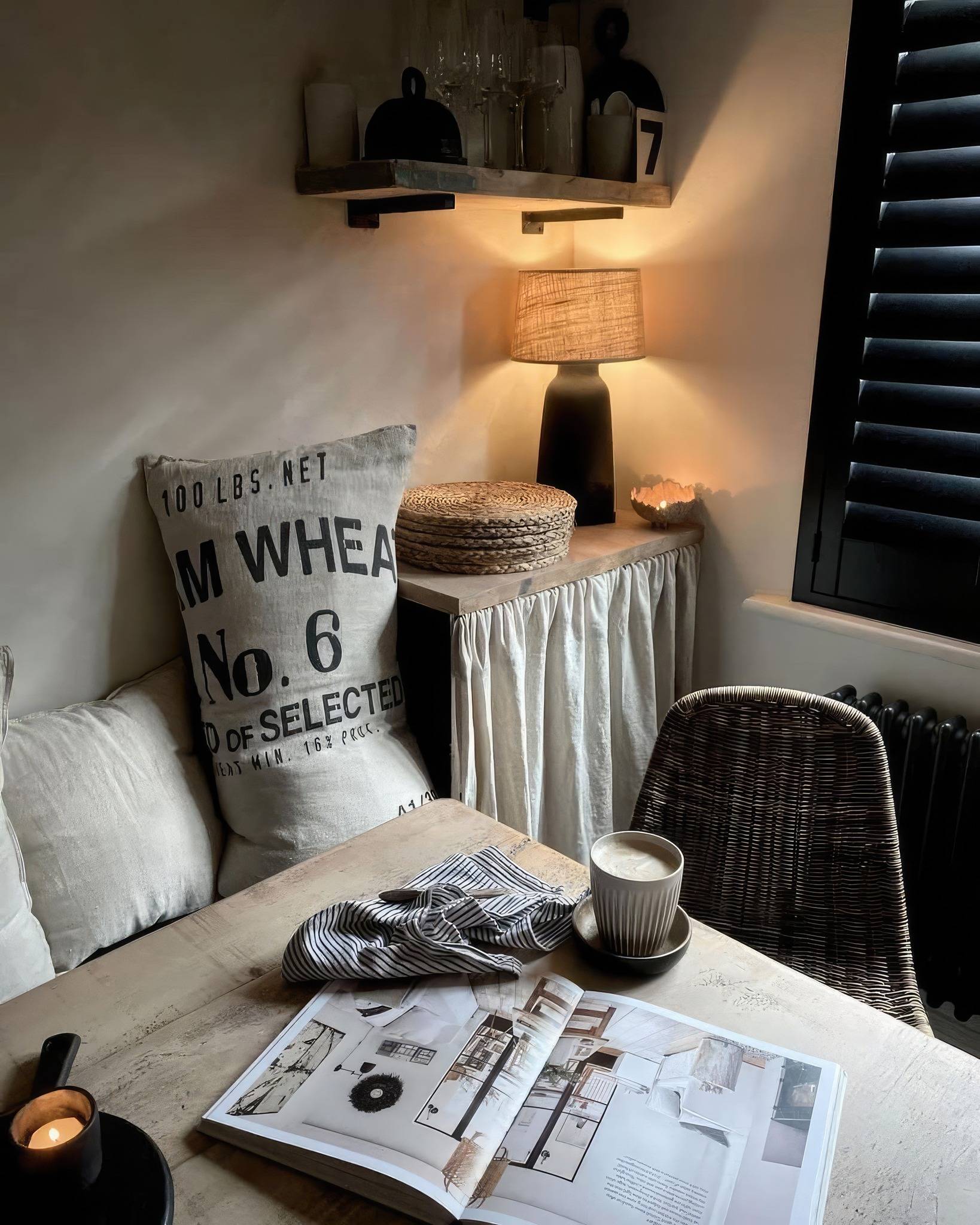
Natural light typically has a color temperature of around 5500 to 6500 Kelvin. It is considered ideal for spaces such as homes, offices, and retail environments as it closely resembles the color temperature of sunlight during the day.
Natural light, often referred to as "neutral white" or "cool white," traditionally has a color temperature between 3300K and 5300K. The light from an electronic flash, for example, is around 5,000 K, and sunlight at noon is about 5,200 K. Some brands classify lamps and bulbs that emit light at 3500-4000 K as "natural light" because they emit light with a color temperature similar to ambient daylight in homes when the sun illuminates the rooms. This hue is neutral and promotes concentration. Therefore, it is suitable for spaces where optimal color rendering is required. Offices, art studios, or workplaces where good visibility is important use bulbs of this type.
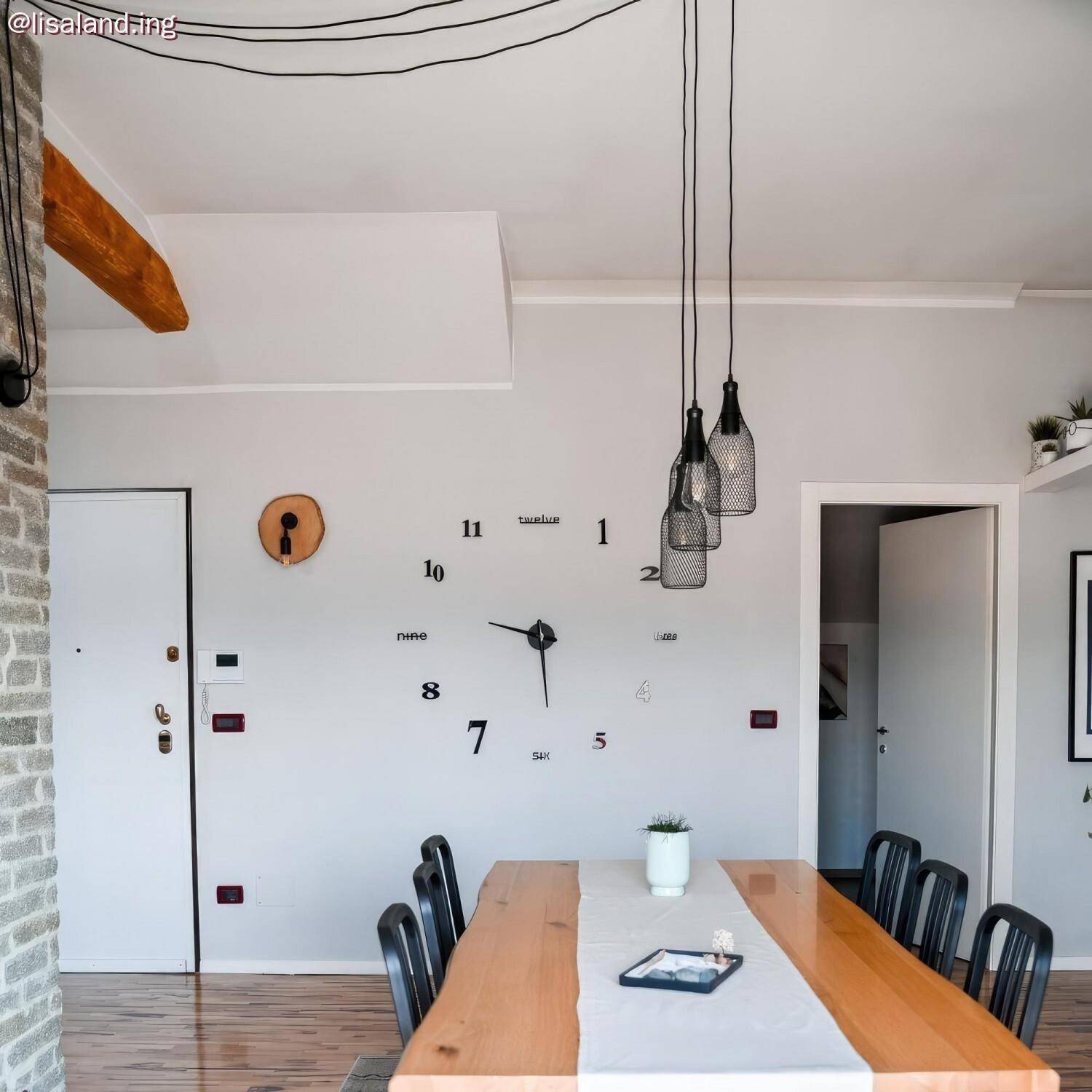
Cold light: what it is and where it is used
Cool white light, with a color temperature above 5300 K, emits a blue-white hue similar to daylight. Daylight with a completely overcast sky is around 7000 K. It is mainly used in garages and exteriors, in commercial or industrial spaces such as supermarkets, hospitals, or work areas where accurate color rendering is needed and where the light is intense.
In conclusion, Kelvin degrees and the different shades of light offer a variety of choices in lighting. Knowing the differences between warm, natural, and cool light can help create the desired atmosphere and improve energy efficiency.
When choosing a light bulb, it is important not only to consider the right brightness in terms of Lumens and Watts, but also to take into account the space, the desired lighting effect, and the activities that will take place in that space, in order to achieve optimal lighting for every need.
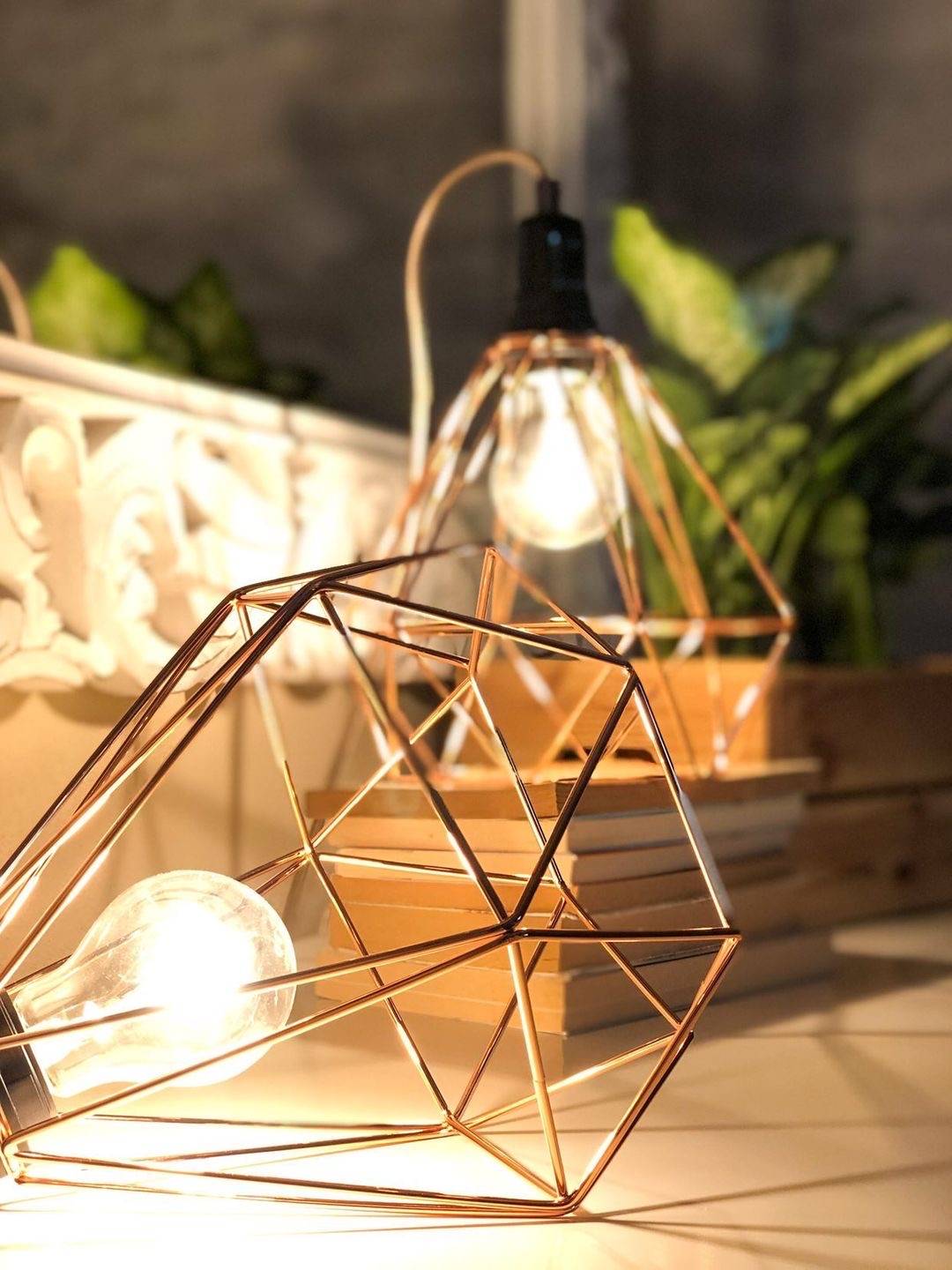
You must be logged in to post comments














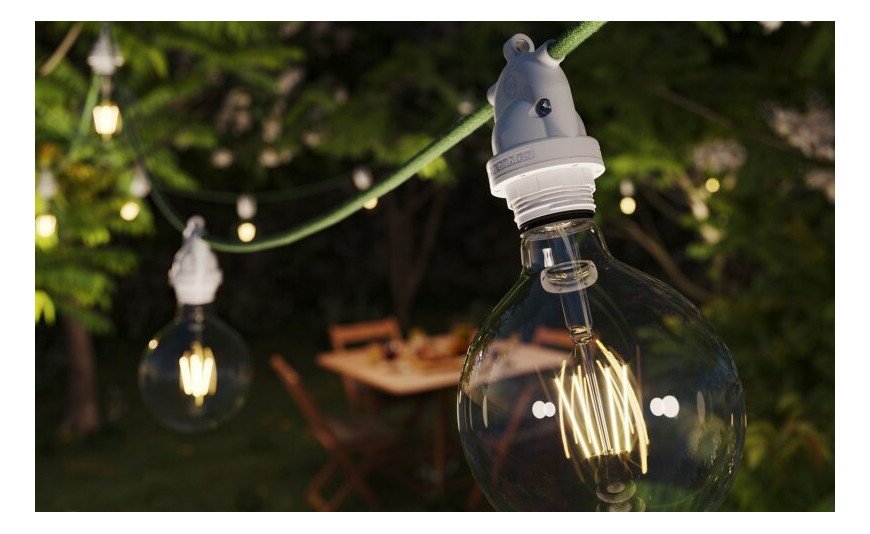

0 Comments